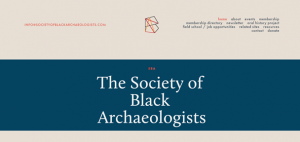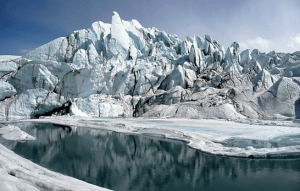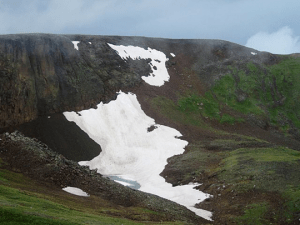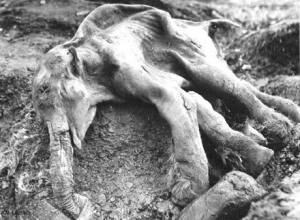February is dedicated as Black History Month, as seeing as it is soon approaching, let’s learn about some African Americans who have solidified themselves into the history of archaeology.
Many have heard of John Wesley Gilbert, considered to be the first African American archaeologist. Born free in 1863, this man went on to become a graduate from Paine College who also went on to be the first African American to receive their master’s degree from Brown University; his master’s was in Archaeology. Along with being a professor, Dr. Gilbert was also a minister and missionary. He did fieldwork at the Greek city of Eretria, helping to discover it and create the first map of the area, established a church and school in the village of Wembo-Nyama in the Belgian Congo, and taught subjects such as Greek, Latin, English, French, German, Hebrew, and New Testament literature as an educator. He passed away in 1923, but his achievements continue to inspire all archaeologists.

Dr. Theresa Singlton, Syracuse University
Another notable figure in African American archaeology is Dr. Theresa Singleton, the first African American women to receive a Ph.D. in historical archaeology and African American history from the University of Florida in 1980. She is also the first and only African American to be awarded the Society of Historical Archaeology’s J.C. Harrington Award to this date. Dr. Singleton’s areas of interest are historical archaeology, African Diasporas, Museums, North America, and the Caribbean. She focuses on comparative studies of slave societies in the Americas and the Caribbean, concentrating on culture and plantation life under slavery. She is currently an author and associate professor at Syracuse University teaching anthropology and historical archaeology.
A great resource centered on supporting archaeologists of African descent is The Society of Black Archaeologists (SBA).
https://www.societyofblackarchaeologists.com/
 Based in Washington D.C., but consisting of members from throughout the world, this group was founded in 2011. They seek to “increase the number of professionally trained archaeologists of African descent through the promotion of social responsibility, academic excellence, and the creation of spaces that foster the SBA’s goals and activities.” Their website includes resources such as online maps and databases, interviews from their Oral History Project, and links to other related websites. This non-profit organization has hosted online presentations as well, that can still be watched through the link below:
Based in Washington D.C., but consisting of members from throughout the world, this group was founded in 2011. They seek to “increase the number of professionally trained archaeologists of African descent through the promotion of social responsibility, academic excellence, and the creation of spaces that foster the SBA’s goals and activities.” Their website includes resources such as online maps and databases, interviews from their Oral History Project, and links to other related websites. This non-profit organization has hosted online presentations as well, that can still be watched through the link below:
https://www.societyofblackarchaeologists.com/events
Check out the achievements of the current board members, President Justin Dunnavant, Ph.D., President-Elect Ayana Omilade Flewellen, Ph.D., member Alexandra Jones, Ph.D., member Cheryl LaRoche, Ph.D., and member Jay V. Haigler here:
https://www.societyofblackarchaeologists.com/about
As February, and therefore Black History Month, is not too far away, consider checking out this organization, their talks, or the other related websites they have listed!
Follow IUP Anthropology on Facebook, Twitter, and Instagram



